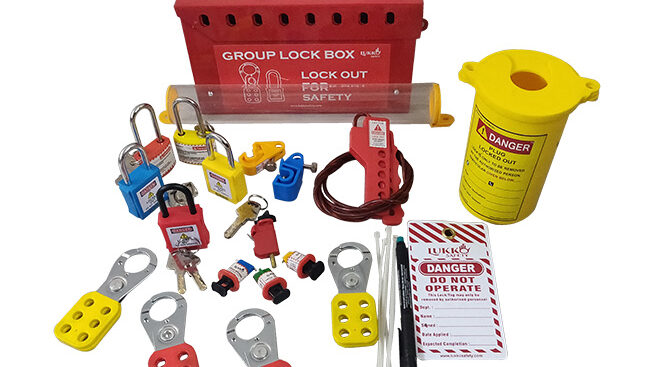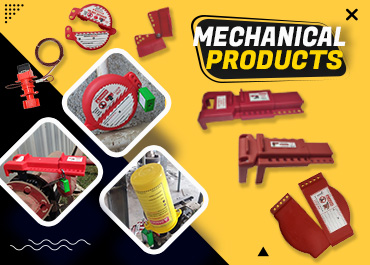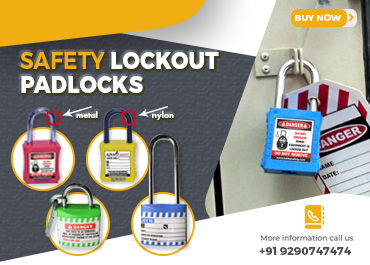Lockout Tagout manufacturer in INDIA – top tips for choosing the right one!
It’s safe to say that, as an owner of industrial equipment, you put the safety of your employees first and foremost in everything that you do. This includes, but isn’t limited to, how you handle and store your machinery and equipment. In fact, you probably already know all about the need to follow proper lockout tagout procedures when shutting down or stopping production on any of your machines. However, choosing the right manufacturer of your lockout tagout devices can be challenging – luckily we’re here to help!
Do your research
A Lockout-Tagout program is a safety procedure that is put into place to protect workers when they are shutting down and making adjustments to any machine, as well as providing protection from hazards like electrocution. There are many different types of lockout-tagout systems available on the market, so it can be difficult to know which system will work best for your needs.
Compare prices
Comparing prices is a great way to start when looking for a Lockout Tagout manufacturer. Not only can you compare prices, but also features and benefits. You’ll want to make sure that you’re getting the best price with the most value. After all, if you’re going to spend money on something, it’s important that you get your money’s worth.
Check for reviews
Check with the reviews by previous customers and choose the right manufacturer in India. Lukkosafety



